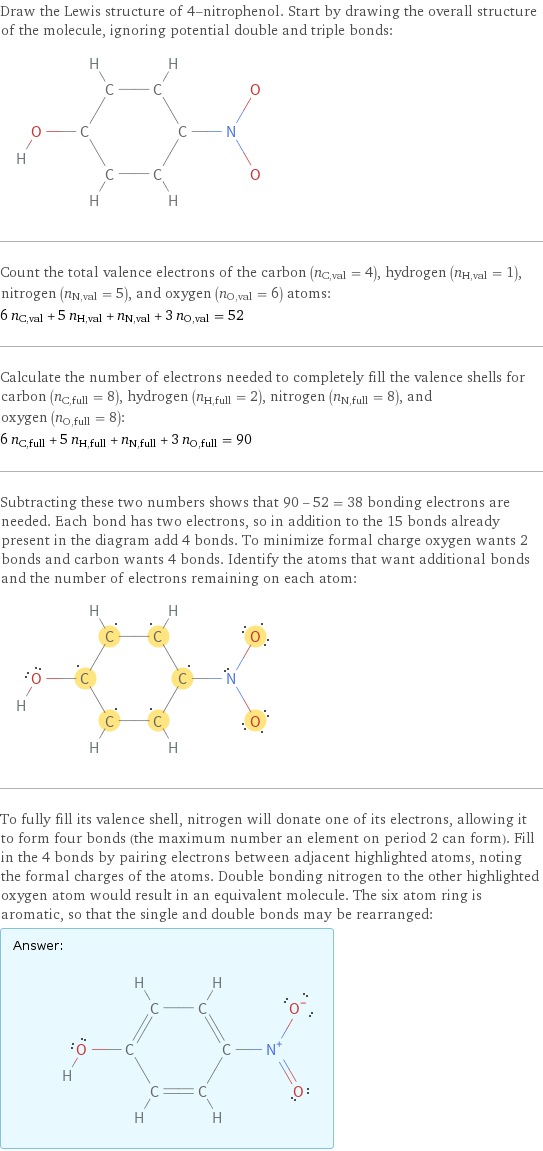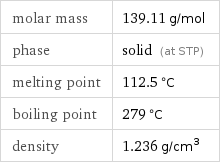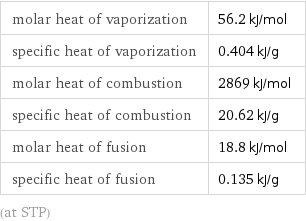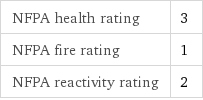Input interpretation

4-nitrophenol
Chemical names and formulas

formula | O_2NC_6H_4OH Hill formula | C_6H_5NO_3 name | 4-nitrophenol alternate names | 4-hydroxynitrobenzene | niphen | phenol, 4-nitro- | phenol, p-nitro- | p-nitrophenol mass fractions | C (carbon) 51.8% | H (hydrogen) 3.62% | N (nitrogen) 10.1% | O (oxygen) 34.5%
Lewis structure

Draw the Lewis structure of 4-nitrophenol. Start by drawing the overall structure of the molecule, ignoring potential double and triple bonds: Count the total valence electrons of the carbon (n_C, val = 4), hydrogen (n_H, val = 1), nitrogen (n_N, val = 5), and oxygen (n_O, val = 6) atoms: 6 n_C, val + 5 n_H, val + n_N, val + 3 n_O, val = 52 Calculate the number of electrons needed to completely fill the valence shells for carbon (n_C, full = 8), hydrogen (n_H, full = 2), nitrogen (n_N, full = 8), and oxygen (n_O, full = 8): 6 n_C, full + 5 n_H, full + n_N, full + 3 n_O, full = 90 Subtracting these two numbers shows that 90 - 52 = 38 bonding electrons are needed. Each bond has two electrons, so in addition to the 15 bonds already present in the diagram add 4 bonds. To minimize formal charge oxygen wants 2 bonds and carbon wants 4 bonds. Identify the atoms that want additional bonds and the number of electrons remaining on each atom: To fully fill its valence shell, nitrogen will donate one of its electrons, allowing it to form four bonds (the maximum number an element on period 2 can form). Fill in the 4 bonds by pairing electrons between adjacent highlighted atoms, noting the formal charges of the atoms. Double bonding nitrogen to the other highlighted oxygen atom would result in an equivalent molecule. The six atom ring is aromatic, so that the single and double bonds may be rearranged: Answer: | |
3D structure

3D structure
Basic properties

molar mass | 139.11 g/mol phase | solid (at STP) melting point | 112.5 °C boiling point | 279 °C density | 1.236 g/cm^3
Units

pH sensitivity

pH range | color change 5.4 to 6.6 | colorless to yellow
Hydrophobicity and permeability properties

predicted LogP hydrophobicity | 1.93 experimental LogS | -0.74 predicted LogS | -1.59
Basic drug properties

approval status | experimental | small molecule
Solid properties (at STP)

density | 1.236 g/cm^3 vapor pressure | 0.5999 mmHg
Units

Thermodynamic properties

molar heat of vaporization | 56.2 kJ/mol specific heat of vaporization | 0.404 kJ/g molar heat of combustion | 2869 kJ/mol specific heat of combustion | 20.62 kJ/g molar heat of fusion | 18.8 kJ/mol specific heat of fusion | 0.135 kJ/g (at STP)
Chemical identifiers
[O-])O InChI identifier | InChI=1/C6H5NO3/c8-6-3-1-5(2-4-6)7(9)10/h1-4, 8H InChI key | BTJIUGUIPKRLHP-UHFFFAOYAP RTECS number | SM2275000 MDL number | MFCD00007331](../image_source/aca663168a4497cc6749dea525f1564b.png)
CAS number | 100-02-7 Beilstein number | 1281877 PubChem CID number | 980 PubChem SID number | 24854474 SMILES identifier | C1=CC(=CC=C1[N+](=O)[O-])O InChI identifier | InChI=1/C6H5NO3/c8-6-3-1-5(2-4-6)7(9)10/h1-4, 8H InChI key | BTJIUGUIPKRLHP-UHFFFAOYAP RTECS number | SM2275000 MDL number | MFCD00007331
NFPA label

NFPA label

NFPA health rating | 3 NFPA fire rating | 1 NFPA reactivity rating | 2
Safety properties

flash point | 142 °C autoignition point | 283 °C

DOT hazard class | 6.1 DOT numbers | 1663
Toxicity properties

lethal dosage | 250 mg/kg (oral dose for rats)

probable lethal dose for man | 30 mL (milliliters) RTECS classes | agricultural chemical and pesticide | tumorigen | mutagen